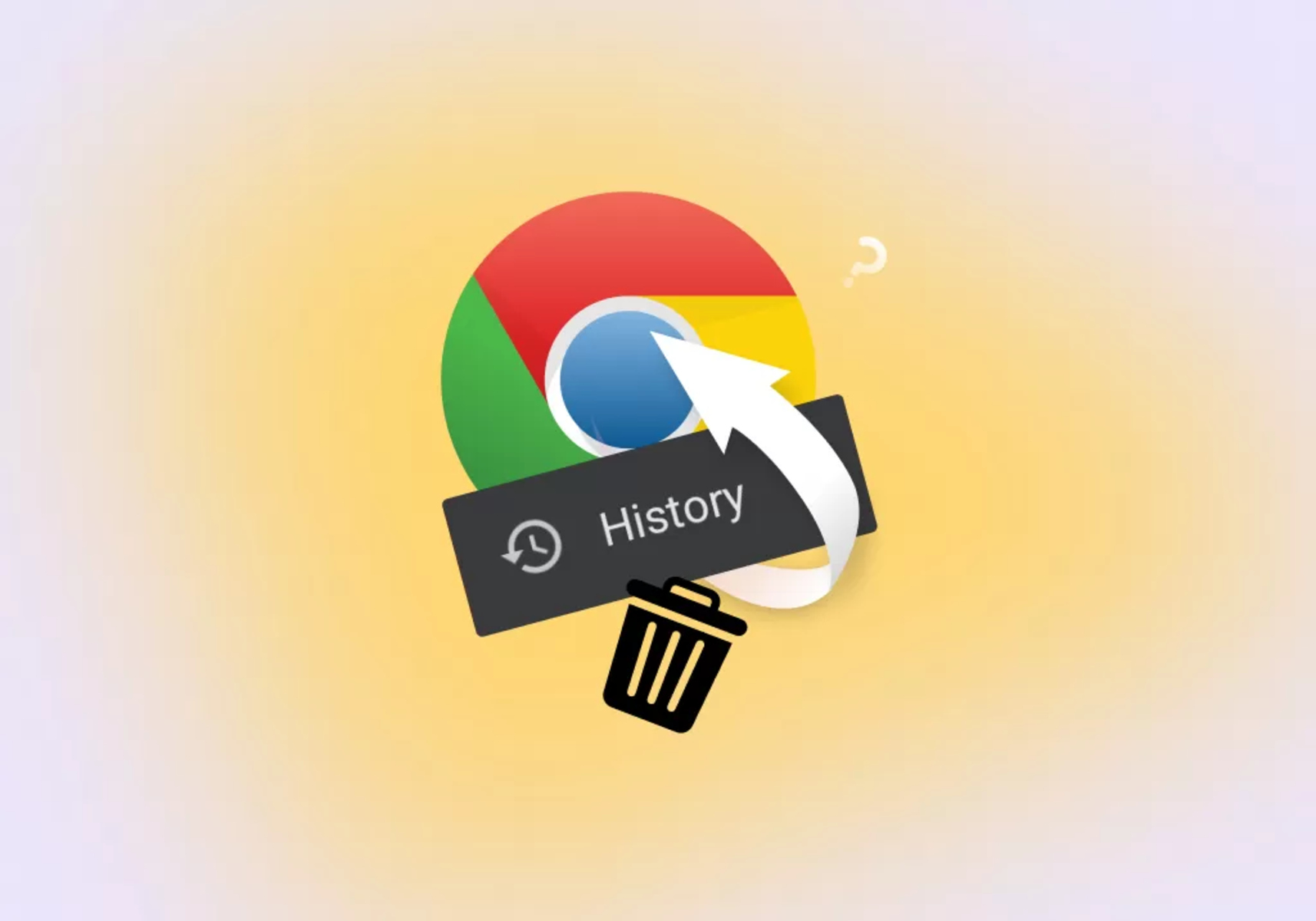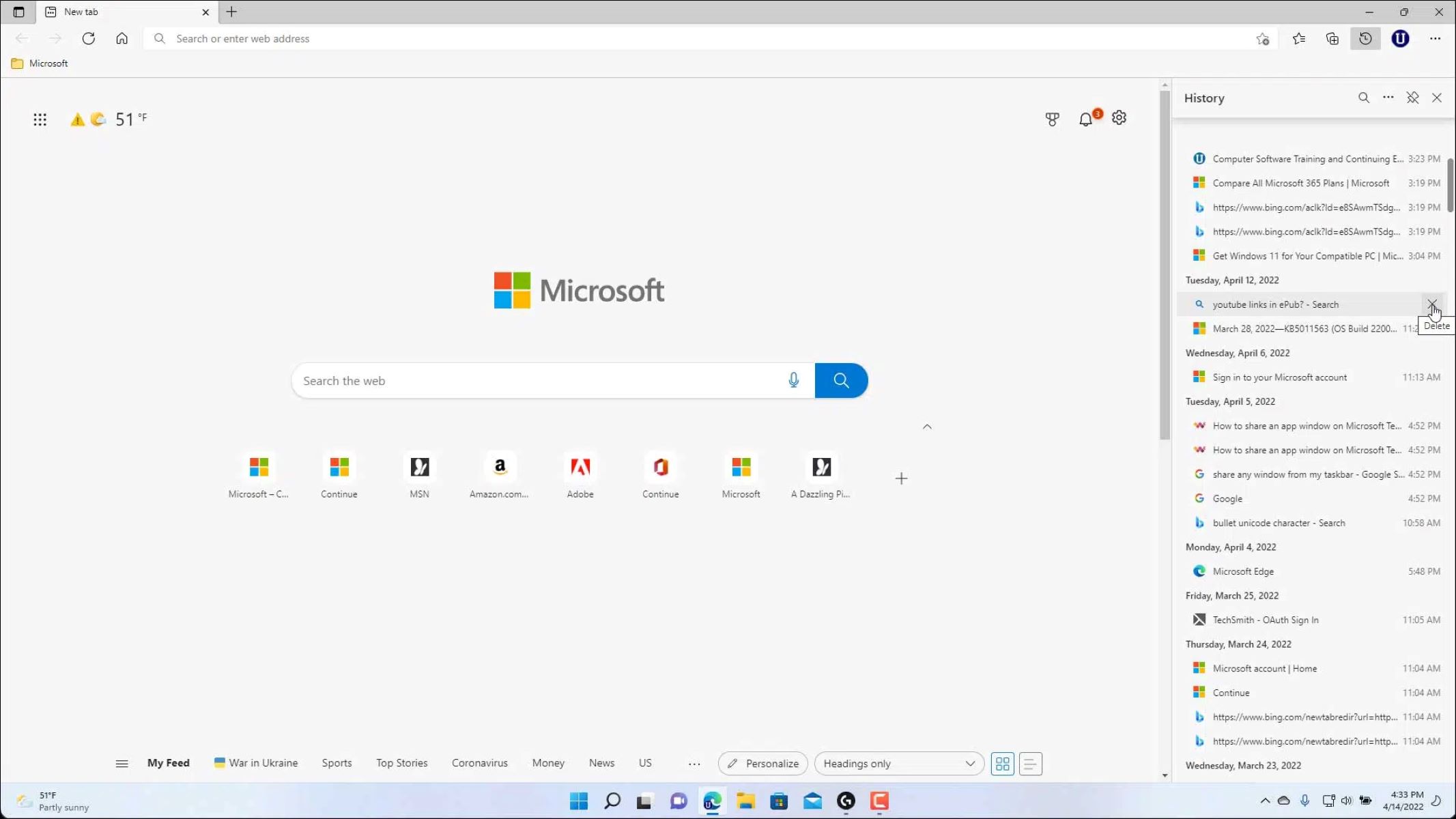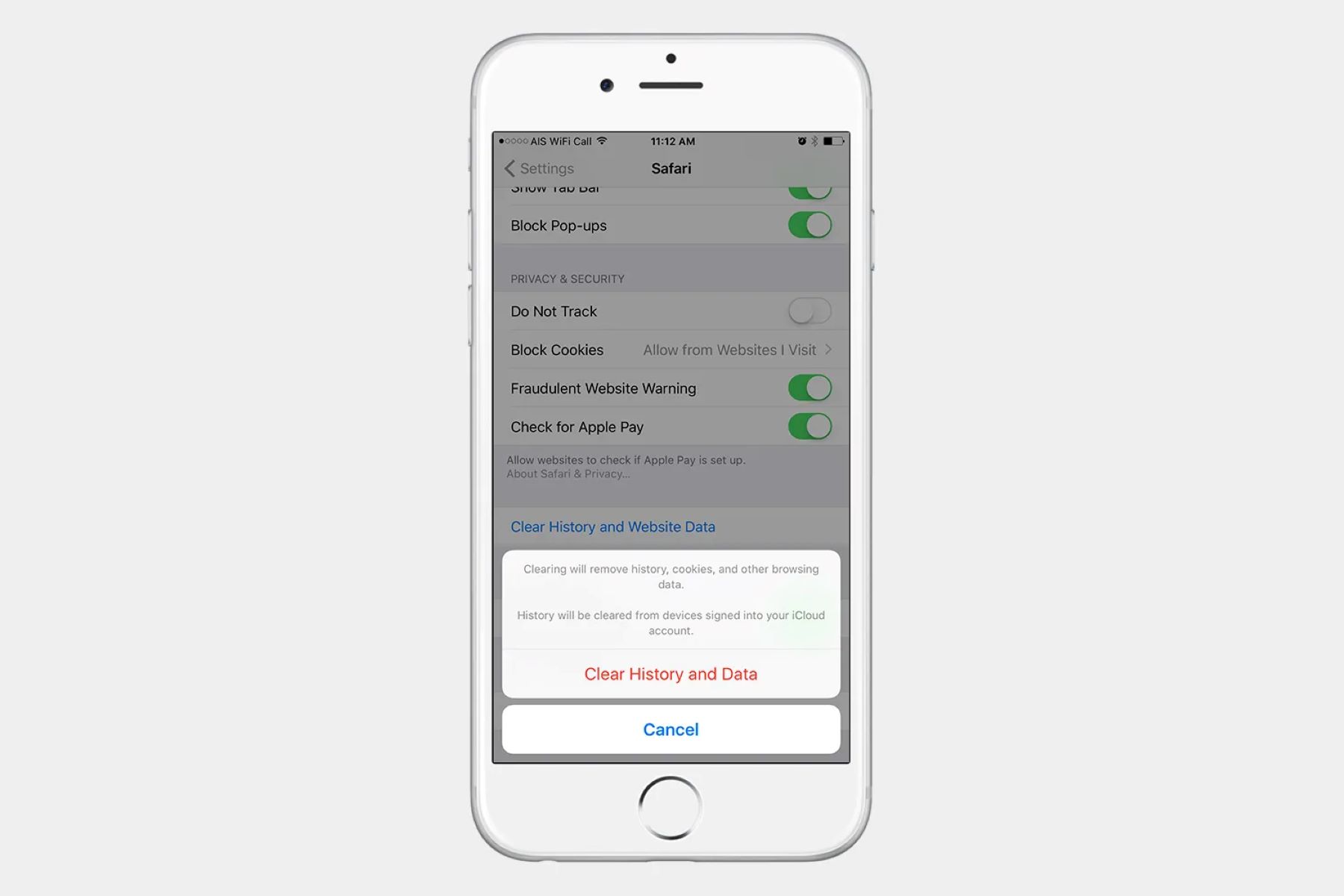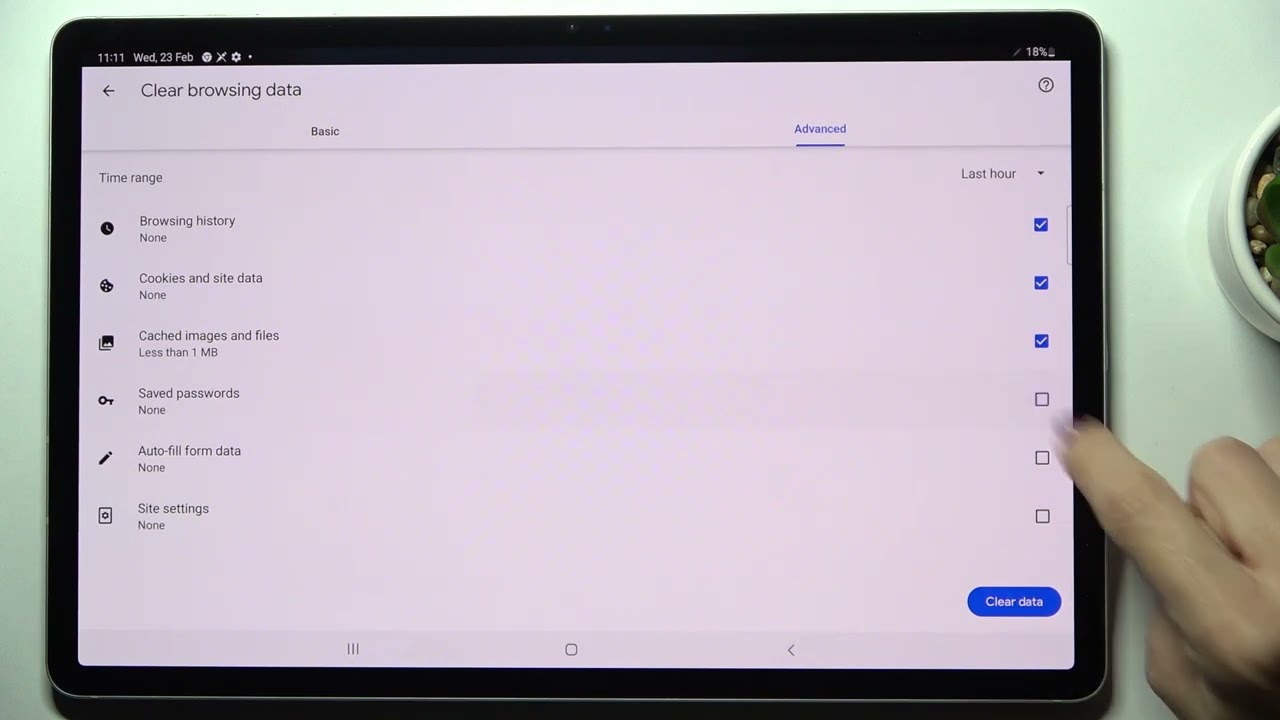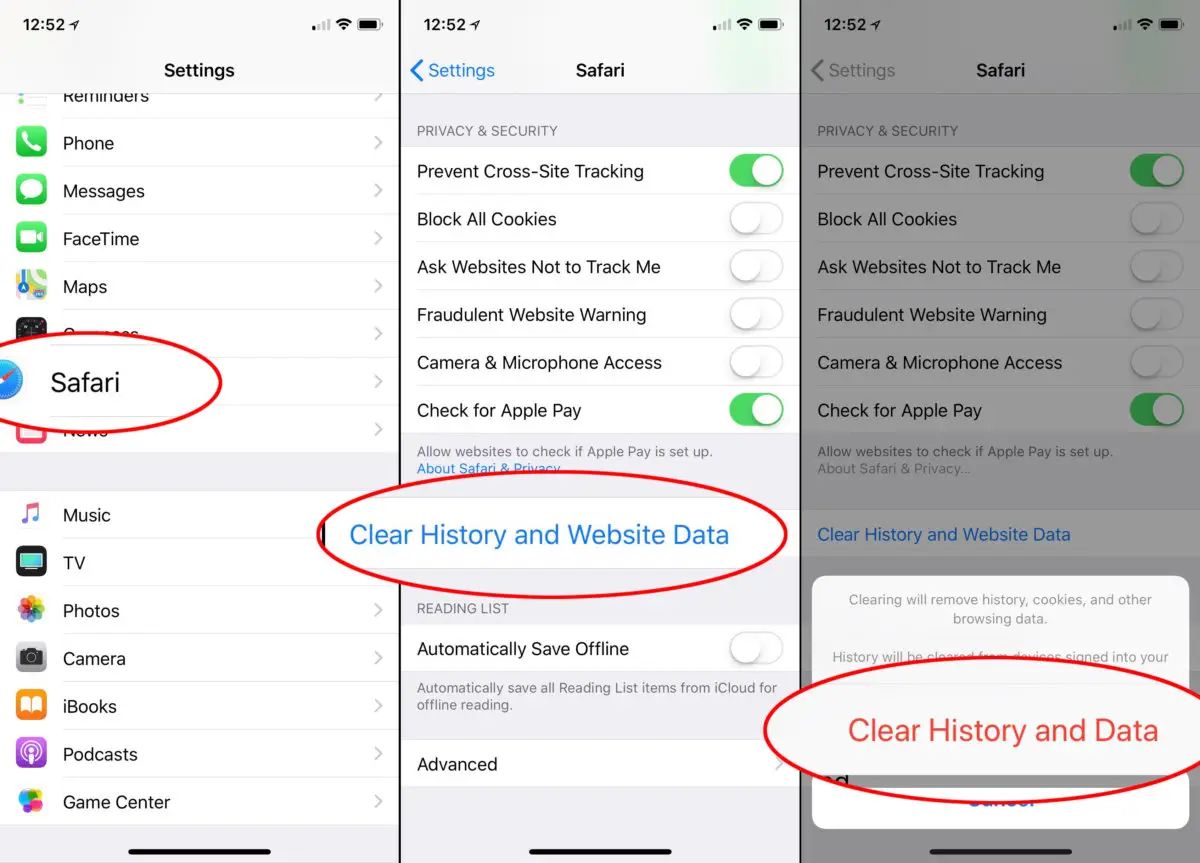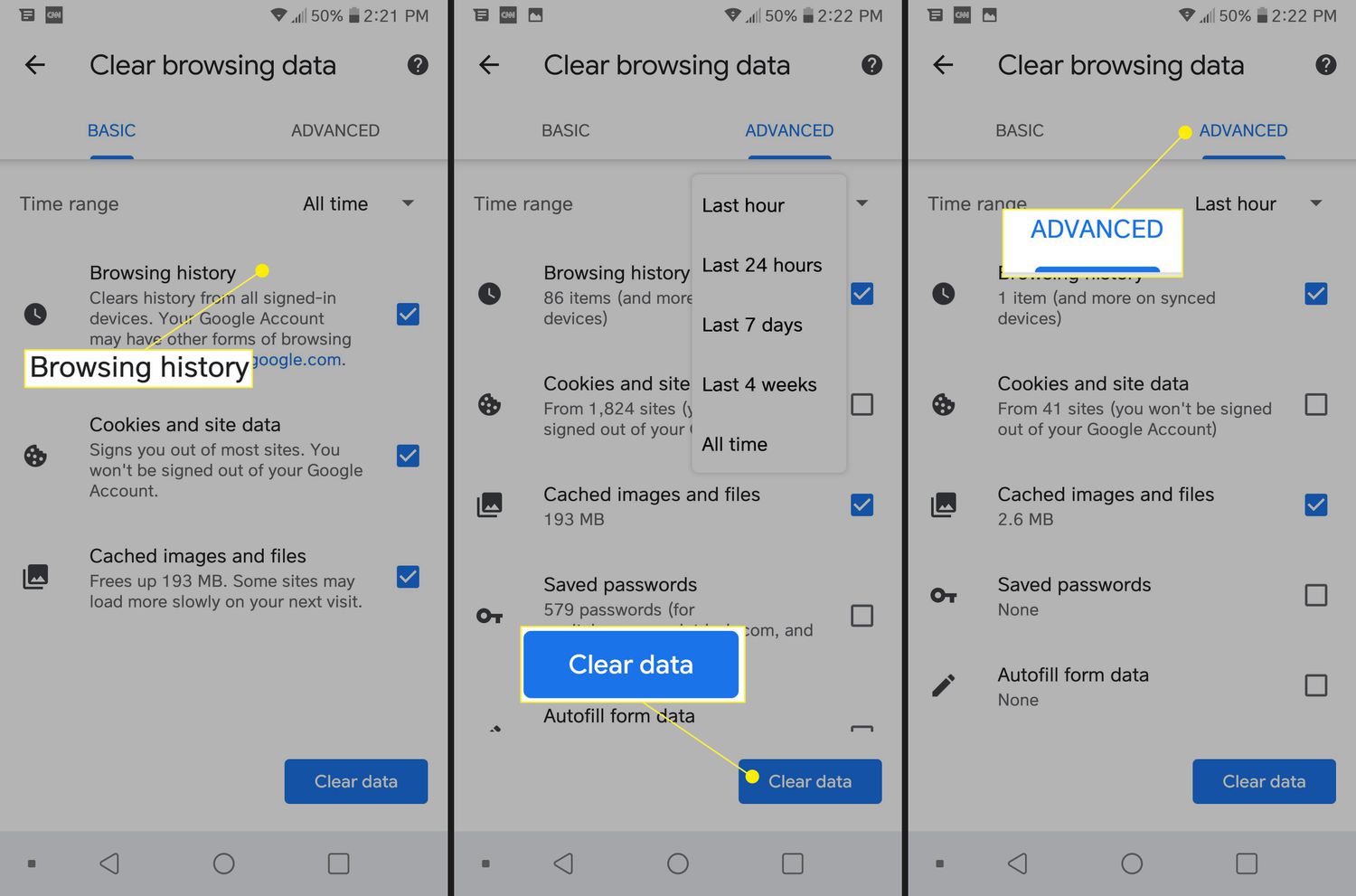Introduction
Have you ever found yourself in a situation where you needed to retrieve deleted browser history? Whether it's to revisit a website you forgot to bookmark or to investigate someone's online activity, the ability to recover deleted browsing history can be incredibly valuable. Fortunately, there are several methods you can employ to retrieve this information, and in this article, we'll explore some of the most effective approaches.
When browsing the internet, your web browser keeps a record of the websites you visit, the searches you conduct, and the files you download. This history can be a treasure trove of information, providing insights into your browsing habits and online activities. However, there are times when this history gets inadvertently deleted, whether due to a system glitch, accidental deletion, or intentional clearing of browsing data.
The good news is that even if your browsing history has been deleted, it's often still possible to recover it using various techniques. From utilizing system restore points to employing data recovery software, there are multiple avenues to explore when attempting to retrieve deleted browser history. Additionally, checking the browsing history on other devices, such as synced accounts or shared network connections, can also yield valuable insights.
In the following sections, we'll delve into each of these methods, providing step-by-step guidance on how to leverage them effectively. By understanding these techniques, you'll be equipped with the knowledge and tools to potentially recover deleted browser history, offering a valuable resource for both personal and investigative purposes. So, let's embark on this journey to uncover the secrets of retrieving deleted browser history and harness the power of digital forensics.
Using System Restore
One of the most straightforward methods to potentially recover deleted browser history is by utilizing the System Restore feature on your Windows computer. System Restore is a built-in tool that allows you to revert your system files and settings to a previous point in time, effectively undoing changes that may have led to the deletion of your browsing history.
To initiate the System Restore process, you can follow these steps:
-
Access System Restore: Begin by accessing the System Restore tool on your Windows computer. You can do this by typing "System Restore" in the Windows search bar and selecting the corresponding option from the results.
-
Choose a Restore Point: Once you've accessed the System Restore tool, you'll be presented with a list of available restore points. These are snapshots of your system's settings and configuration at different points in time. Select a restore point that predates the deletion of your browsing history.
-
Initiate the Restoration: After choosing a suitable restore point, proceed to initiate the restoration process. This will prompt your system to revert to the selected point in time, potentially restoring the browser history that was present at that moment.
It's important to note that while System Restore can be an effective method for recovering deleted browser history, its success is not guaranteed. The restoration process may not always result in the complete recovery of your browsing history, especially if the deletion occurred before the selected restore point. Additionally, System Restore primarily affects system files and settings, so its impact on browser history may vary depending on the specific circumstances of the deletion.
Despite these considerations, System Restore remains a valuable tool to explore when attempting to recover deleted browser history. Its simplicity and integration within the Windows operating system make it an accessible option for users seeking to restore their browsing data without the need for third-party software.
By leveraging the System Restore feature, you can potentially roll back your system to a point in time when your browsing history was intact, offering a chance to retrieve valuable information that may have been inadvertently deleted. While its effectiveness may vary, exploring System Restore as a recovery method can be a worthwhile endeavor in the quest to uncover deleted browser history.
Using Data Recovery Software
When it comes to recovering deleted browser history, data recovery software can be a powerful ally in the quest to retrieve valuable browsing data that may have been inadvertently erased. These specialized tools are designed to scan storage devices, such as hard drives and solid-state drives, in search of deleted or lost files, including browsing history data stored within web browser caches and temporary files.
Data recovery software operates by employing advanced algorithms to analyze the storage media and identify traces of deleted files that may still exist within the device's storage space. By leveraging these algorithms, the software can potentially reconstruct and recover deleted browser history, offering a chance to retrieve valuable insights into past online activities.
To utilize data recovery software effectively, users typically need to follow a series of steps to initiate the scanning and recovery process. While the specific procedures may vary depending on the software being used, the general workflow often involves the following key stages:
-
Installation and Setup: Begin by installing the chosen data recovery software on your computer. Once installed, launch the application and familiarize yourself with its interface and features.
-
Selecting the Target Drive: Identify the storage device from which you wish to recover deleted browser history. This could be the primary hard drive, a secondary storage device, or any other relevant media where the browsing history data may have been stored.
-
Initiating the Scan: After selecting the target drive, initiate a comprehensive scan using the data recovery software. The software will systematically examine the storage media, searching for traces of deleted files, including web browser history data.
-
Reviewing Scan Results: Once the scan is complete, review the results provided by the data recovery software. The software will typically present a list of recoverable files, including any identified instances of deleted browser history data.
-
Recovering Browser History: Select the relevant browsing history data from the scan results and proceed to recover the files. Depending on the software, you may have the option to restore the files to a specified location on your computer.
It's important to note that the effectiveness of data recovery software in retrieving deleted browser history can be influenced by various factors, including the duration since the deletion occurred, the extent of data overwriting on the storage device, and the specific capabilities of the chosen software.
By leveraging data recovery software, users can potentially regain access to deleted browser history, offering a valuable resource for personal reference, investigative purposes, or forensic analysis. While the success of data recovery efforts may vary, the utilization of specialized software presents a promising avenue for those seeking to uncover and restore deleted browsing data.
Checking Browser History on Other Devices
In the quest to retrieve deleted browser history, exploring the browsing data stored on other devices can offer valuable insights and potential avenues for recovery. In many cases, individuals access the internet using multiple devices, such as smartphones, tablets, and secondary computers. Each of these devices may maintain its own record of browsing history, providing an opportunity to uncover deleted data that may no longer be accessible on a primary device.
To begin the process of checking browser history on other devices, it's essential to consider the various platforms and devices that may be linked to the user's online activities. This can include:
-
Synced Accounts: Many modern web browsers offer synchronization features that allow users to access their browsing data across multiple devices. By signing into a synchronized account, such as a Google or Microsoft account, users can potentially access their browsing history from various devices, even if the data has been deleted on one particular device.
-
Shared Network Connections: In households or workplaces where multiple devices are connected to the same network, it's possible to access the browsing history of other devices through the network's router or access point. Some routers maintain logs of internet activity, which can be accessed through the router's administrative interface, providing insights into the browsing history of connected devices.
-
Cloud Services: Certain web browsers and operating systems integrate with cloud services, such as iCloud, OneDrive, or Dropbox, to store browsing history and other data. By accessing these cloud services from other devices, users may be able to retrieve deleted browsing history that has been synchronized or backed up to the cloud.
Once the relevant devices and platforms have been identified, users can proceed to access the browsing history data through the respective interfaces and settings. This may involve signing into synchronized accounts, accessing network router logs, or retrieving data from cloud services, depending on the specific circumstances and devices involved.
By checking browser history on other devices, individuals can potentially uncover deleted browsing data that may no longer be accessible on their primary device. This approach offers a complementary method to traditional data recovery techniques, leveraging the interconnected nature of modern digital ecosystems to retrieve valuable insights into past online activities.
In summary, exploring the browsing history stored on other devices presents a promising avenue for recovering deleted browser history, offering a multifaceted approach to data retrieval and digital forensics. By harnessing the interconnectedness of modern devices and online platforms, individuals can enhance their chances of uncovering valuable browsing data that may have been inadvertently deleted.
Conclusion
In the realm of digital forensics and personal data management, the ability to recover deleted browser history can be a valuable asset. Throughout this exploration, we've delved into various methods for potentially retrieving browsing data that may have been inadvertently erased. From leveraging System Restore to employing data recovery software and checking browsing history on other devices, each approach offers unique opportunities to uncover deleted browser history and gain insights into past online activities.
As we conclude this journey, it's important to recognize that the effectiveness of these methods can be influenced by a multitude of factors. The success of data recovery efforts, whether through System Restore or specialized software, may depend on the duration since the deletion occurred, the extent of data overwriting on the storage device, and the specific capabilities of the tools employed. Similarly, the accessibility of browsing history on other devices is contingent on factors such as synchronization settings, network configurations, and cloud storage integrations.
While the quest to recover deleted browser history may not always yield guaranteed results, the knowledge and tools gained from exploring these methods can be invaluable. Whether for personal reference, investigative purposes, or digital forensics, the ability to potentially retrieve deleted browsing data offers a glimpse into the interconnected nature of our digital footprint.
In the ever-evolving landscape of digital technology, the significance of understanding data management, recovery techniques, and the implications of our online activities cannot be overstated. As we navigate the complexities of digital privacy, security, and data retention, the insights gained from this exploration serve as a reminder of the multifaceted nature of our digital interactions.
Ultimately, the quest to recover deleted browser history is not merely a technical endeavor; it embodies the intersection of technology, privacy, and the human experience in the digital age. By embracing the knowledge and tools at our disposal, we empower ourselves to navigate the digital landscape with greater awareness and understanding, ensuring that our online activities are managed and safeguarded with diligence and insight.
In this conclusion, we've not only touched upon the methods for recovering deleted browser history but also emphasized the broader implications of digital data management and the evolving nature of our online footprint. As we move forward, let us carry forward this understanding, embracing the complexities and opportunities presented by our digital interactions, and navigating the digital realm with wisdom and discernment.







